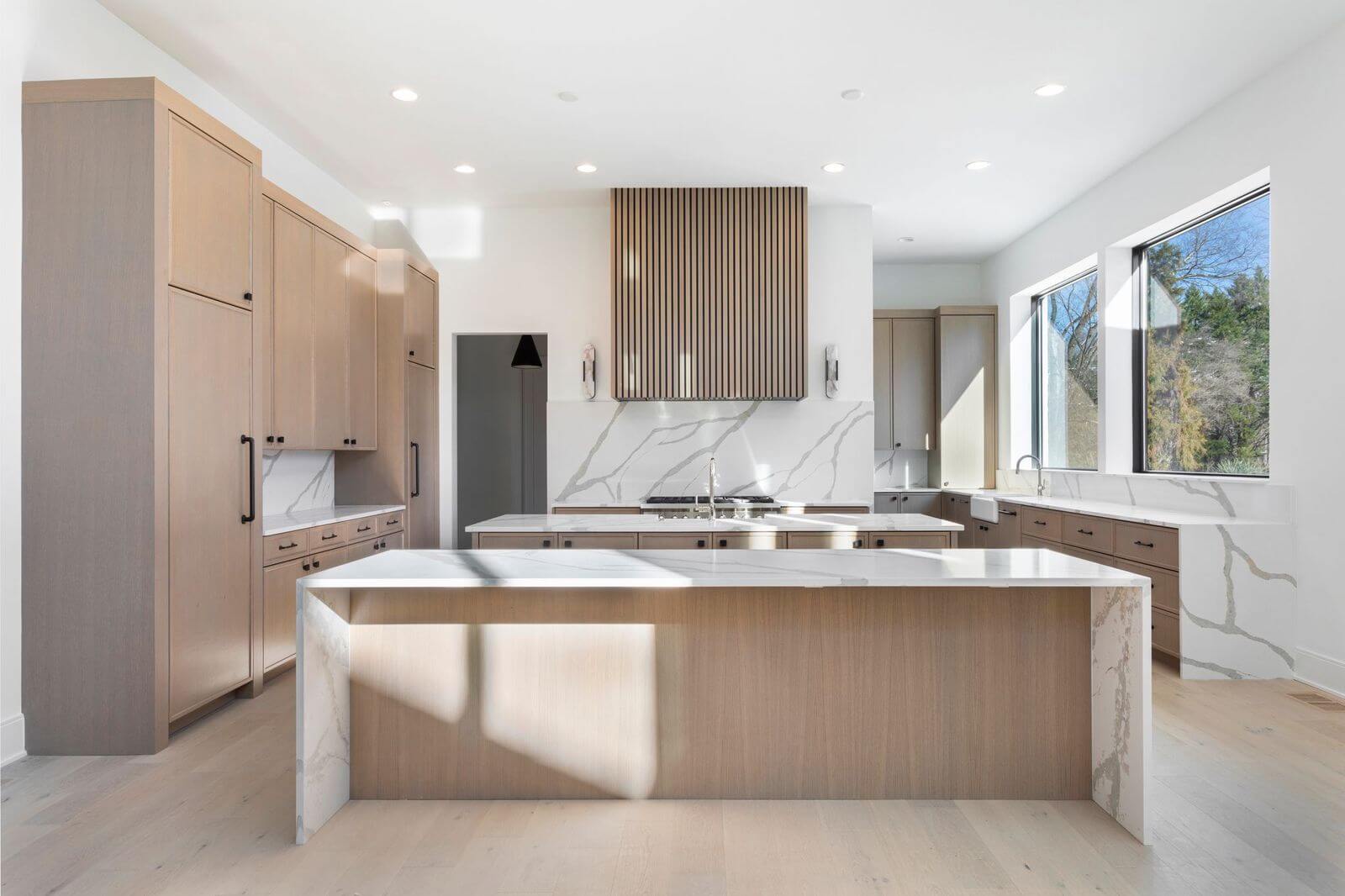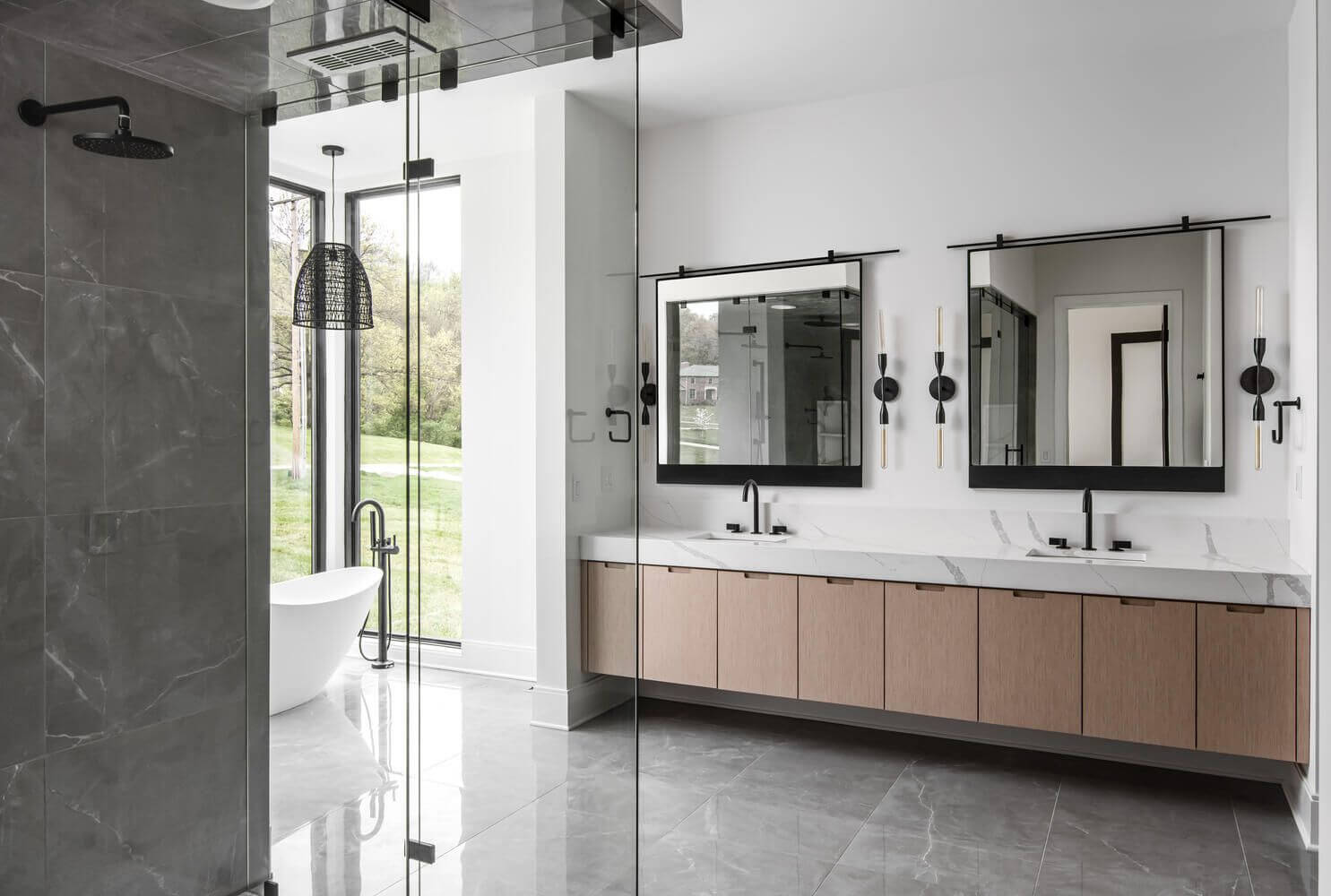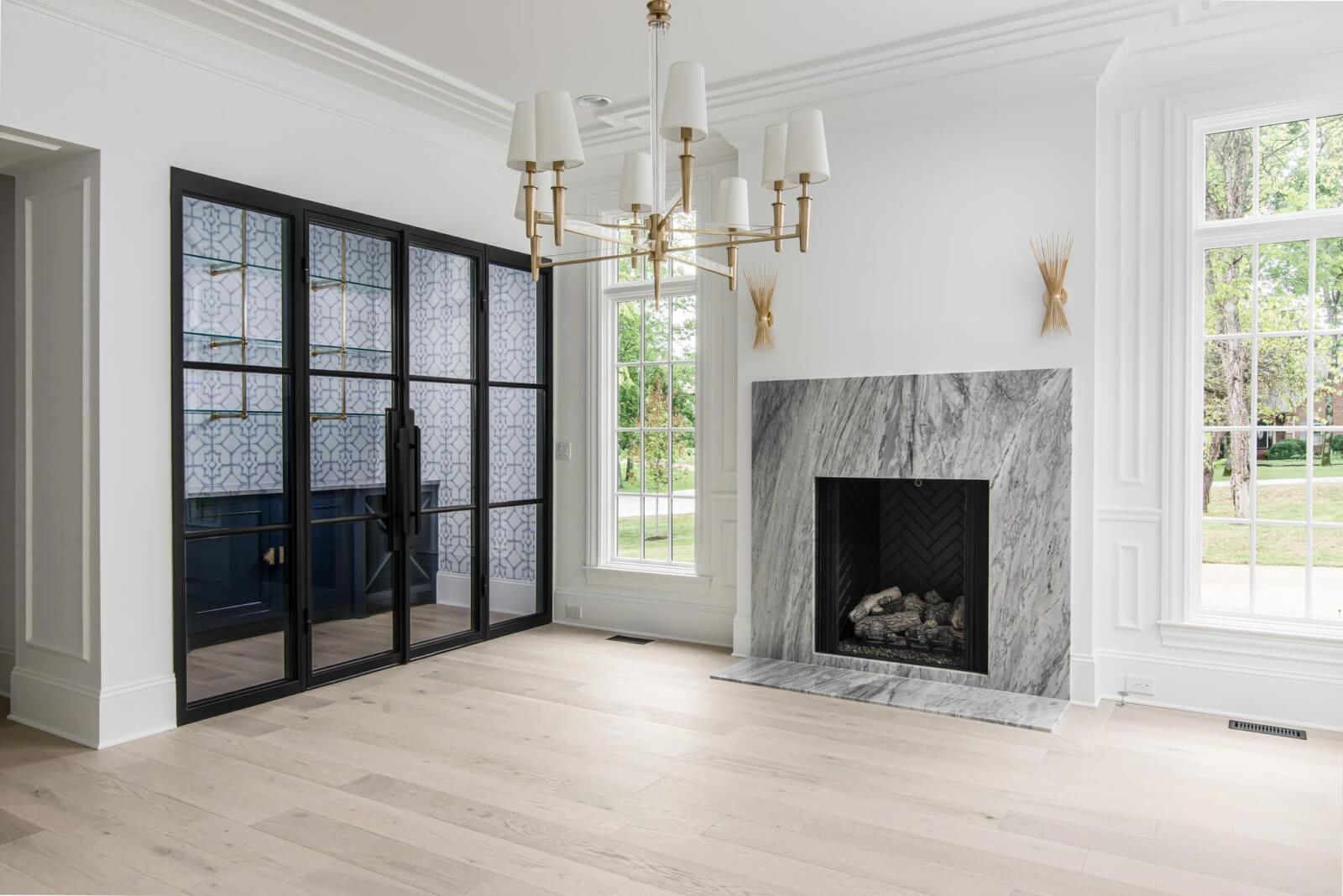sponsored content
Have you been dreaming of renovating an outdated space, adding on to your current home, or building something new from the ground up? If you’ve been looking into your options, you know there’s a LOT to consider. We spoke with C.J. Sabia, owner of Sabia Construction, to outline the most important considerations before tackling a renovation, home add-on, or new build. But here’s the good news: You don’t actually have to do any intensive research or preparation before calling your builder. “It’s our responsibility to take that stress off clients,” C.J. says. “We do it every single day, and we think it’s fun! Clients just need to know what they want to do in general and what they’re trying to achieve.” Regardless of the type of project you’re taking on, starting with these five questions will save you serious time, money, and headaches along the way — and ensure you fall in love with the results!
What is my budget range?
One of the most important things to consider before tackling a major home project is your budget. A helpful way to determine how much you should spend is to think about how long you plan to live in your home. “You might not upgrade certain things or include certain features because you’ll only live there for five years,” says C.J. “You may not want to spend extra money you might not get back on the sales end.” C.J. adds that, at Sabia Construction, they typically go through two estimates on every project. During the initial estimate, they include everything on your wish list and then scale the project back if needed. “This helps our clients to know the estimated cost of the master plan, if executed, giving us an upper limit of budget range,” explains C.J. We are then able to have real-time discussions about upgrades and costs, which allow us to dial the estimate — and scope — closer to our client’s budget goals.”

What are the neighborhood comps for square footage and sales price?
When it comes time to plan for your build or renovation, another wise step is to look at neighborhood comps — comparable houses in your area and what they have sold for. Other important questions to ask yourself are, Have those houses been updated or renovated? What are their features? What’s the maximum square footage that has sold? “You need to know what ‘par’ is for your street or neighborhood,” says C.J. “That is one of the major variables that weighs most heavily on forming your budget range — what’s on par for your neighborhood and within your budget range.” By asking yourself these questions before beginning your project, you can prevent yourself from over- or under-building.

Are there existing performance and design deficiencies that I should also address during the project?
Accounting for existing performance and design deficiencies within your home can help your estimate be more accurate and prevent unexpected costs. Performance deficiencies are issues with the overall structure of the home. C.J. emphasizes the importance of recognizing performance deficiencies by saying, “These types of issues are almost more important than the new scope of work. Typically, the culprits are perimeter drainage, downspout drainage, gutter issues, roofing deficiencies, and structural settlement.” He adds that the cost to address these issues during your current project will likely be less than if you were to wait to tackle them separately later on. Not to mention it’s an easy way to knock out multiple projects at once!
When it comes to design deficiencies, C.J. says this may include layout, spacing, sizing, or capacity issues within your home. For example, are your kitchen, master bathroom, and master closet sufficiently sized? If not, these are items that Sabia Construction can help you address during your project.

What is my wish list of features or functionality?
Depending on the type of home project you’re doing, it’s helpful to have a general idea of what you want the end result to look like. What items are on your wish list? Do you want a steam shower in the primary bathroom? Do you need a spacious kitchen and dining space for hosting gatherings? C.J. adds that it’s sometimes helpful to save inspiration photos, too, as this can help your builder, architect, and designer get a better idea of what you want out of your home. “We want to leave no stone unturned,” says C.J. “We want our clients to have no regrets.”
While Sabia Construction is not a design-build firm, they take a design-build approach to projects to help make your wish list a reality. “We have a network of very well-known, successful architects and designers that we work with, and we refer our clients to those people,” C.J. says. “That creates a lot of good synergy among all three fronts — the builder, the architect, and the designer. We are also able to help clients get on the busy schedules of those firms.”

Are there lessons to be learned from previous builds or renovations?
If you’ve undergone a major home project before, it may be helpful to think about what hiccups may have happened. This can prevent the same problems from happening again and keep the process moving along smoothly. For example, you may have learned to expect surprises or know your budget early on in the process. “The best way to learn is through history,” C.J. tells us.

If you’re unsure of where or how to start your next home project, C.J. says contacting Sabia Construction is an excellent first step. “We can be the first phone call and connect our clients with architects, designers, engineers, and lenders. We can also help them find a property to renovate or build something new on,” he says. “We can take care of everything. We’re a one-stop-shop for our clientele.”
To learn more about Sabia Construction and how their team of experts can help you with your next home project, visit sabia.construction or call (615)-417-9538.
This article is sponsored by Sabia Construction. All photography courtesy of Sabia Construction.



















